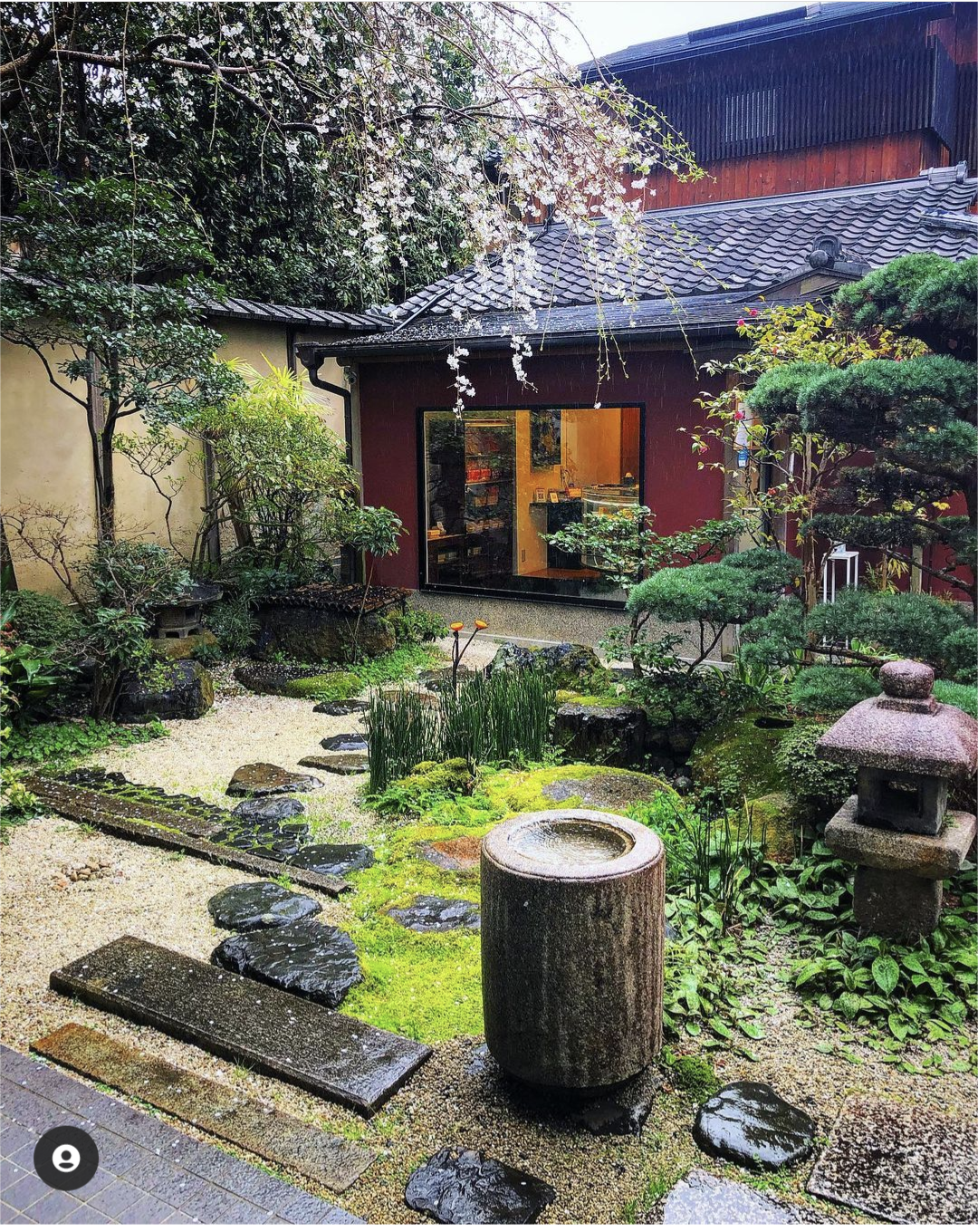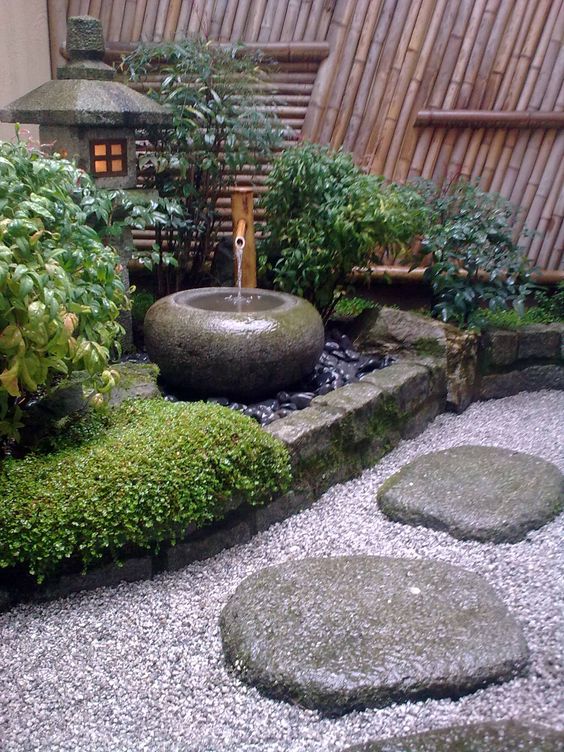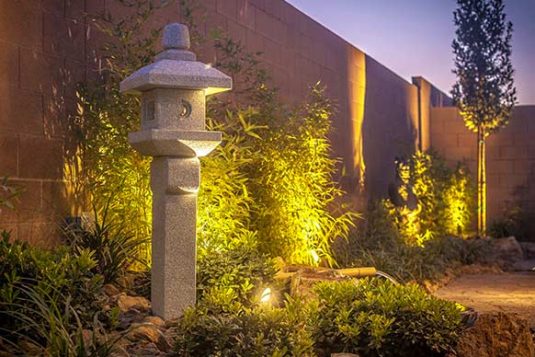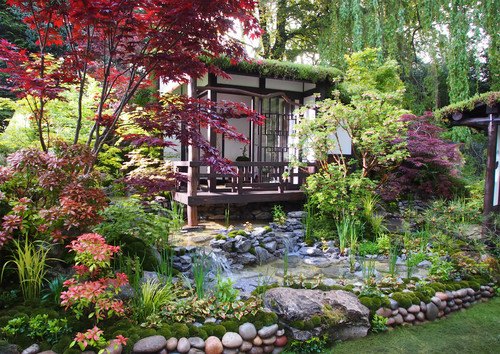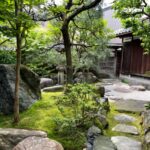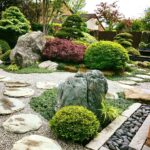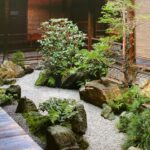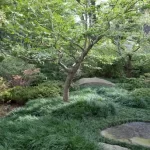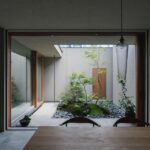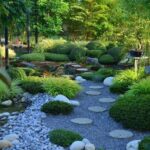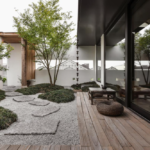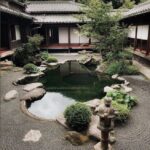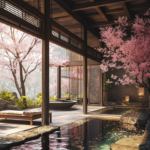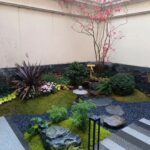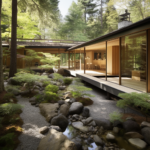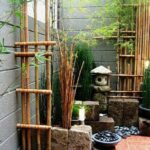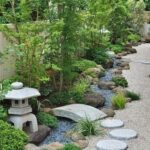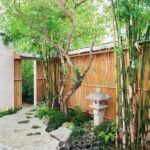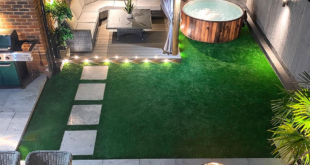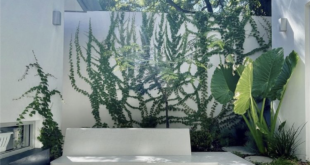When it comes to backyard design, Japan offers a unique and beautiful aesthetic that has gained popularity around the world. Japanese backyard design, also known as “niwa,” focuses on creating a harmonious and tranquil space that connects people with nature.
One key element of Japanese backyard design is the concept of “wabi-sabi,” which embraces imperfection and impermanence. This philosophy is reflected in the use of natural materials such as bamboo, stone, and wood, as well as the deliberate use of asymmetry and simplicity in the design.
Japanese backyard design also often incorporates elements such as water features, rock gardens, and Zen gardens. Water features, such as ponds and streams, are used to create a sense of movement and tranquility, while rock gardens are arranged in a way that mimics the natural landscape. Zen gardens, on the other hand, are designed to evoke a sense of peace and mindfulness through the use of carefully placed rocks and raked gravel.
In addition to these elements, Japanese backyard design also emphasizes the use of plants and greenery to create a sense of balance and harmony. Traditional Japanese gardens often feature a variety of plants, including bonsai trees, bamboo, and moss, carefully arranged to create a sense of rhythm and flow.
When designing a Japanese backyard, it is important to consider the overall balance and harmony of the space. This can be achieved through careful planning and attention to detail, such as using a variety of textures and colors to create visual interest, as well as incorporating seating areas and pathways to encourage exploration and relaxation.
Overall, Japanese backyard design offers a unique and tranquil aesthetic that can help create a peaceful and harmonious outdoor space. Whether you are looking to create a small Zen garden or a larger traditional Japanese garden, incorporating elements of wabi-sabi and focusing on balance and harmony can help you create a backyard that is both beautiful and serene.
 innstyled backyard design ideas
innstyled backyard design ideas
